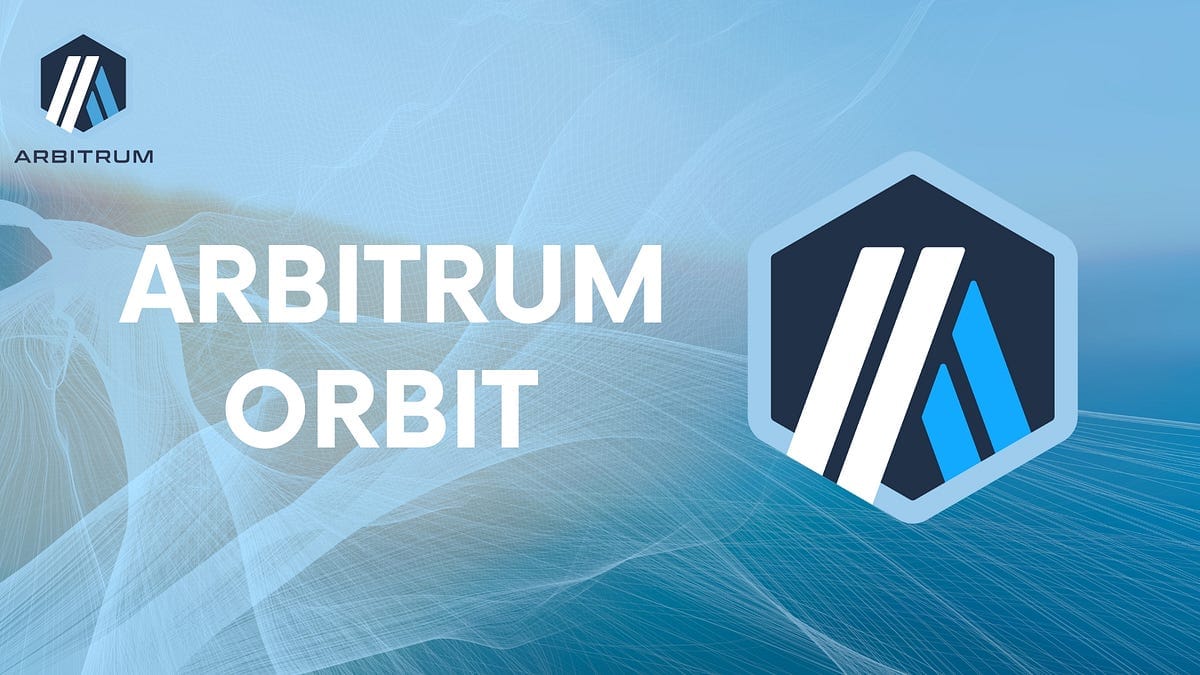Arbitrum Orbit & Stylus: Scaling Ethereum’s Future with Custom Chains and Native Speed

As Ethereum continues to dominate the smart contract landscape, scalability remains one of its most persistent challenges. Layer 2 solutions have emerged as a powerful way to offload congestion and reduce costs while retaining Ethereum’s security. Among these, Arbitrum stands out not just for its rollups, but for its push toward a more modular and flexible ecosystem with Arbitrum Orbit and Stylus.
In this article, we’ll explore how Arbitrum Orbit enables developers to launch custom blockchains with ease, and how Stylus brings unprecedented performance to smart contract execution, together shaping a compelling vision for Ethereum’s future.
What Is Arbitrum?
Arbitrum is a Layer 2 rollup built on Ethereum that uses optimistic rollup technology to scale transactions while inheriting Ethereum’s security. It bundles multiple transactions off-chain and posts a single summary on-chain, reducing gas fees and increasing throughput.
Arbitrum mainnet, Arbitrum One, currently handles more transactions per second than Ethereum itself and is a core component of Ethereum’s modular blockchain ecosystem, where execution, consensus, and data availability are separated for scalability and efficiency.
Enter Arbitrum Orbit: Custom L3 Chains
Launched to empower developers, Arbitrum Orbit is a framework for building Layer 3 chains that settle on top of Arbitrum’s rollup layers (Arbitrum One or Arbitrum Nova). These custom chains are secured by the underlying Arbitrum infrastructure but allow developers to:
- Customize gas tokens
- Set permissioned access
- Choose their own governance structures
- Optimize for specific use cases (like gaming or DeFi)
Orbit chains enable application-specific rollups, offering developers the benefits of sovereignty without needing to build everything from scratch. This aligns closely with the modular blockchain design, letting teams plug into shared infrastructure for consensus and settlement while innovating at the execution layer.
Stylus: Speed Meets Developer Flexibility
While Orbit offers architectural customization, Stylus addresses a different pain point performance and developer experience.
Traditionally, Ethereum smart contracts are written in Solidity and run on the Ethereum Virtual Machine (EVM). Stylus introduces WebAssembly (WASM) support into the Arbitrum stack, allowing developers to write smart contracts in high-performance languages like Rust, C, and C++.
Key Benefits of Stylus:
- Speed: Stylus contracts can run up to 10x faster than standard EVM contracts.
- Lower Gas Fees: WASM contracts are significantly more efficient, reducing costs for users.
- Language Support: Devs can work with familiar languages instead of learning Solidity.
- Parallelism: Stylus enables multi-threaded execution, unlocking new performance gains.
This makes Arbitrum not just scalable, but developer-friendly, positioning it as a serious contender for high-throughput decentralized applications.
The Modular Future Powered by Arbitrum
Together, Arbitrum Orbit and Stylus exemplify the power of modular blockchain design. Developers can now build sovereign rollups on top of Arbitrum, write in performant languages, and optimize their stacks for unique use cases, all while relying on Ethereum for base layer security.
In a world where execution environments become more specialized, and data availability is increasingly outsourced to modular solutions like Celestia or EigenDA, Arbitrum’s direction aligns perfectly with the broader shift toward composable, customizable blockchain architecture.
Conclusion
Arbitrum isn’t just another rollup, it’s a platform for innovation. With Arbitrum Orbit offering customizable Layer 3 chains and Stylus enabling high speed, multi-language smart contracts, Arbitrum is becoming the go to hub for developers building the next generation of Web3 applications.
As the Ethereum ecosystem matures, tools like these won’t just be optional, they’ll be essential.
Internal Links:


Comments ()